In an environment of external pressure and maturing NTN-As, the agency will offer the equivalent of $1 billion in currency swaps
04/02/2024
/i.s3.glbimg.com/v1/AUTH_37554604729d4b2f9f3eb9ad8a691345/internal_photos/bs/2021/T/j/jCICRvTO2uACa7BJn9yg/050218flag06.jpg)
Sérgio Goldenstein — Foto: Leo Pinheiro/Valor
The sentiment that the scenario allowed for a significant appreciation of the domestic exchange rate lost strength. On a day when the dollar rose globally, the Brazilian real was among the currencies that suffered the most, with the exchange rate remaining firmly above R$5, its highest level since October 2023. The pressure on the Brazilian currency was primarily external due to the renewed strength of the U.S. economy. However, domestic factors also played a role, such as the approaching maturity of dollar-linked bonds (NTN-As), which led the Central Bank to announce the first intervention in the foreign exchange market since December 2022.
Shortly after the markets closed, the monetary authority announced that it would hold an extraordinary auction of up to 20,000 currency swap contracts, equivalent to $1 billion. It will be the first foreign exchange swap offering since May 2022. The action also marked the end of a tense day in the markets. The exchange rate ended Monday’s (01) session up 0.87%, trading at R$5.0591 per dollar, the highest level since October, after reaching R$5.0704 at the day’s peak.
The global movement was a determining factor in the pressure on the exchange rate. The process of repricing U.S. interest rates took on new contours after strong statements from two leaders of the Federal Reserve (Fed) last week—director Christopher Waller and chairman Jerome Powell. As the market advances with the start of an interest rate cut cycle in the U.S., the dollar strengthens.
However, the real stood out negatively in Monday’s session. Among Latin American currencies, the Brazilian currency was at the bottom. The dollar rose 0.42% against the Mexican peso, 0.58% against the Chilean peso, and 0.04% against the Colombian peso. Among the world’s most liquid currencies, only the Turkish lira managed to continue rising.
On Monday, the activity index for the U.S. industrial sector startled investors by rising from 47.8 points in February to 50.3 in March, thus reaching a level that indicates expansion for the first time since September 2022. Additionally, the price sub-index rose from 52.5 to 55.8 points, which could indicate a scenario of more intense inflationary pressures in the sector, turning on the yellow light among market participants.
“Until then, these prices had been more controlled. Moreover, the Fed has been placing significant emphasis on inflation data as a condition for its future actions, in this case, a possible interest rate cut,” noted Marcel Yagui, currency manager at BlueLine Asset.
The market, he says, has begun to cast doubt on the start of the interest rate cut in June, which had been considered quite likely. According to the CME Group at Monday’s close, Fed funds futures indicated a 58.4% chance of an interest rate cut in June and a 41.6% probability that the easing cycle wouldn’t begin until later.
“The relevance of this data is undeniable given the recent context of more conservative statements from the Fed. The movement could only be one of rising interest rates and a stronger dollar,” said Mr. Yagui. In this context, BlueLine reduced its long positions (which bet on appreciation) in the real.
Although external factors were decisive for the dynamics of the session, they were not the only ones that influenced the behavior of the exchange rate. Market participants have been pointing out in recent weeks that the maturity of NTN-As could generate some stress in the exchange rate, although they were not betting on extraordinary action by the Central Bank.
“I have the impression that the initial idea of the Central Bank was to let the market absorb this maturity, which is relevant but not huge. However, with the more adverse external environment exerting pressure on the real, they opted to mitigate the potential additional impact on the exchange rate resulting from the maturity of the NTN-As,” said Warren Investimentos’ chief strategist, Sérgio Goldenstein.
The maturity of the papers on April 15 is expected to create a demand for the American currency of around $3.7 billion, which had already heightened the perception among agents that the exchange rate could be more unstable at the beginning of April. From the low to the high of the day in Monday’s session, the dollar fluctuated by more than R$0.06, a level not seen in recent trading sessions.
“These bonds originate from the process of exchanging foreign debt for domestic debt,” explained Mr. Goldenstein, who once headed the Central Bank’s Open Market Department (DEMAB). “It’s undoubtedly an exchange rate pressure because it’s unlikely that the Treasury will renew these bonds,” he explained. “Entities holding these bonds are effectively buying in dollars. Upon the bonds’ maturity, these entities will no longer hold their positions. If they wish to maintain their investment position in dollars, they would need to re-enter the market [to purchase more dollars].”
Some traders even mentioned that the pressure might not be so significant as the bonds could be protected with some kind of hedge. Mr. Goldenstein, however, emphasizes the need to distinguish between the Central Bank, the Treasury, and the private sector, noting that the process could still exert pressure on the exchange rate. “If there is a hedge, someone in the market has to provide it, so it remains within the market,” he said.
In the view of Banco Pine’s chief economist, Cristiano Oliveira, the Central Bank acted appropriately since the maturity of NTN-A introduces distortion to the foreign exchange market, which has already been affected by uncertainties surrounding U.S. monetary policy. “Domestic factors do not suggest a devaluation of the real. The Central Bank should monitor the market closely until maturity and, if necessary, offer more swaps. The real depreciated more than its peers on Monday because of that,” he explained.
The assessment of some financial agents aligns with Mr. Oliveira’s perspective on the domestic fundamentals, suggesting room for an appreciation of the Brazilian currency. This perception was quite relevant at the turn of the year, but successive disappointments with the dynamics of the exchange rate have led to a “cleansing” on the technical side, with a reduction in optimistic positions on the real.
Among foreign investors, the long position (betting on a rise) in the dollar through derivatives such as dollar futures and currency swaps reached an all-time high last Friday, climbing to $68.44 billion. Local investors, meanwhile, continue to hold a short position (betting on a decline) in the dollar against the real, amounting to $13.3 billion.
In a monthly call on Monday (01), Fernando Chibante, currency manager at Occam, stated that the firm continues to bet on the Brazilian real’s appreciation, citing the positive carry trade and stable external accounts as key factors. “Additionally, last month, we saw a significant improvement in technical factors. Even though the real experienced some deterioration throughout March, we attribute much of that to the broader external scenario, particularly the stronger dollar,” he explained.
*Por Arthur Cagliari, Victor Rezende — São Paulo
Source: Valor International

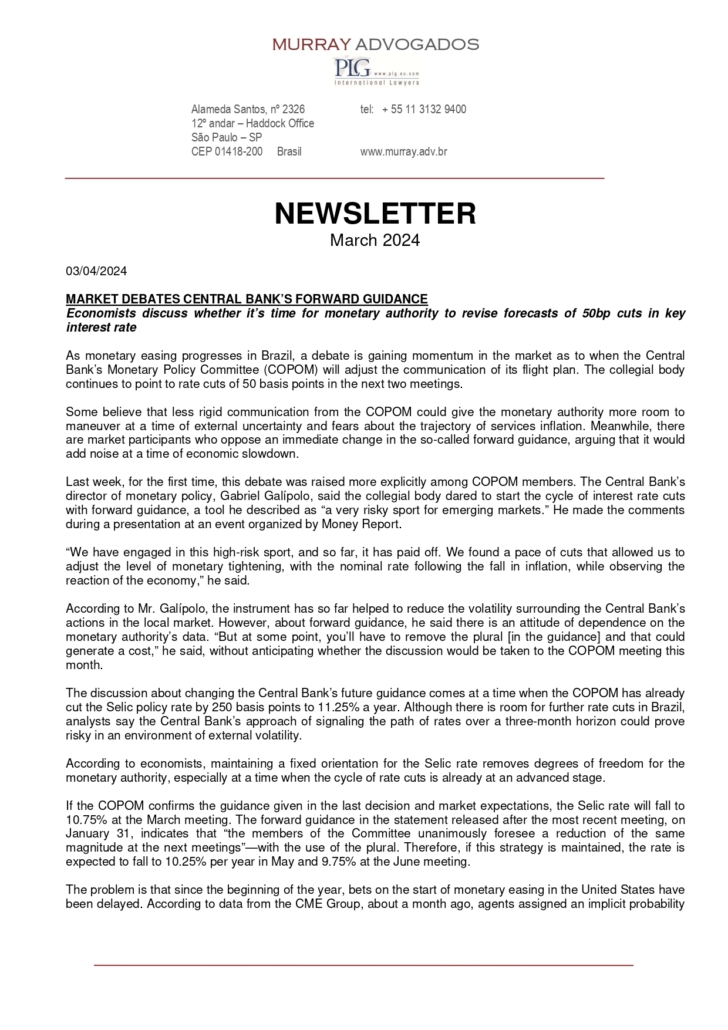



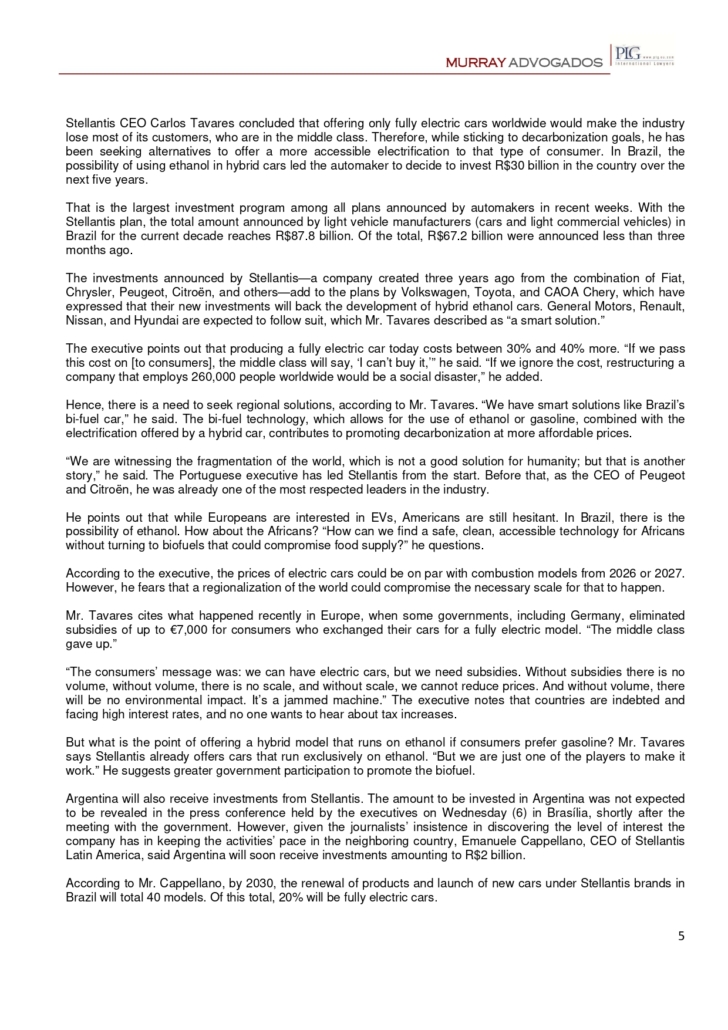

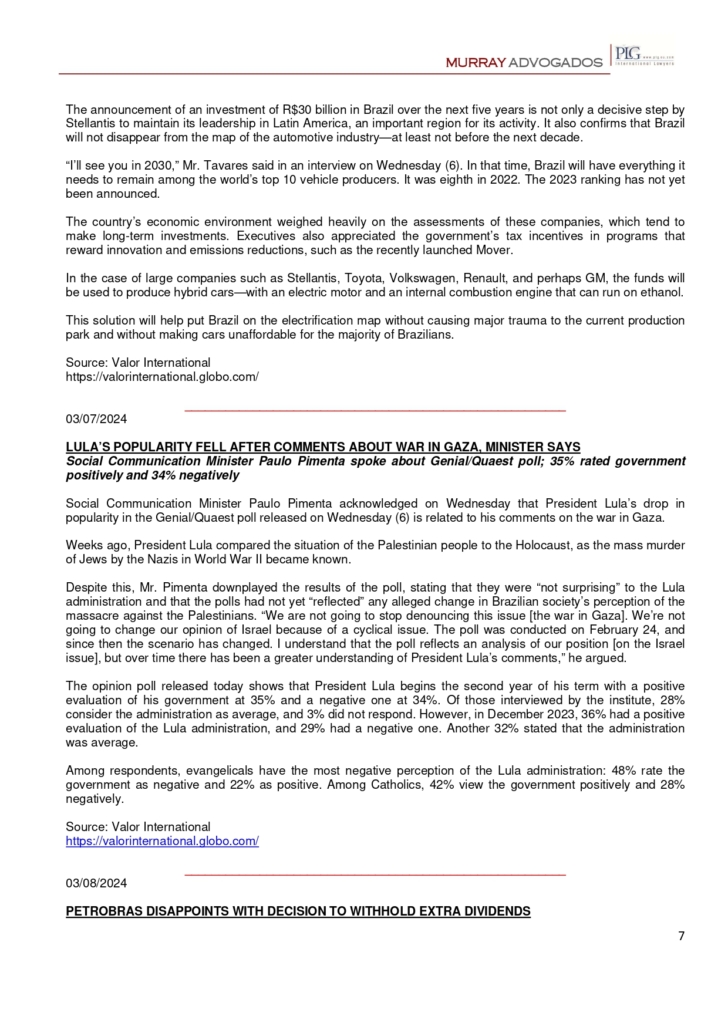
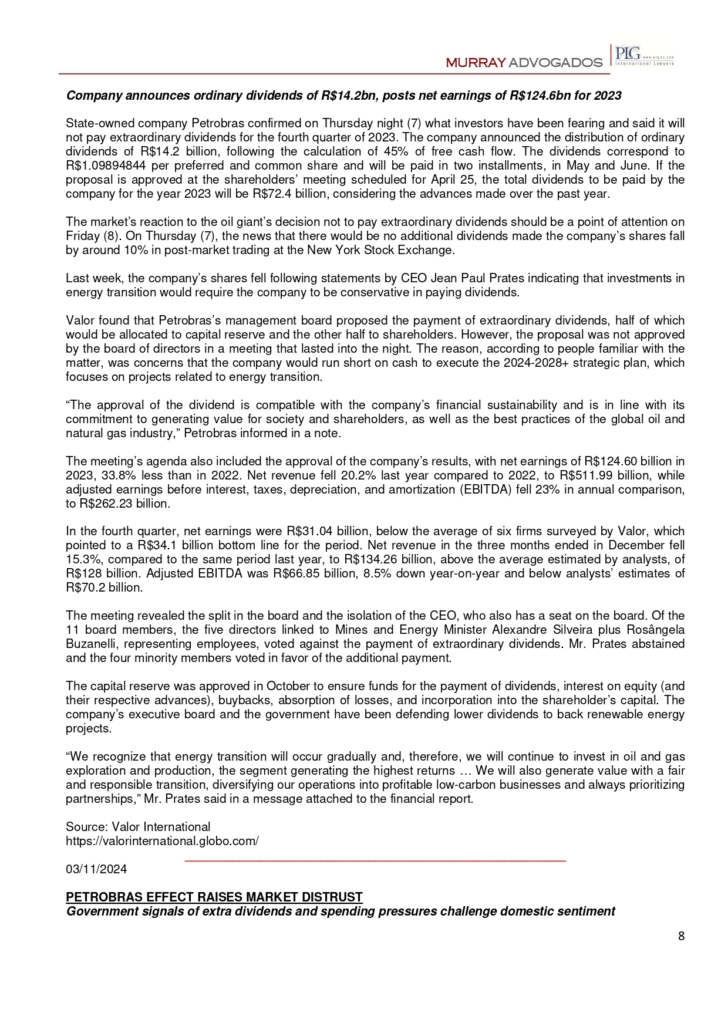

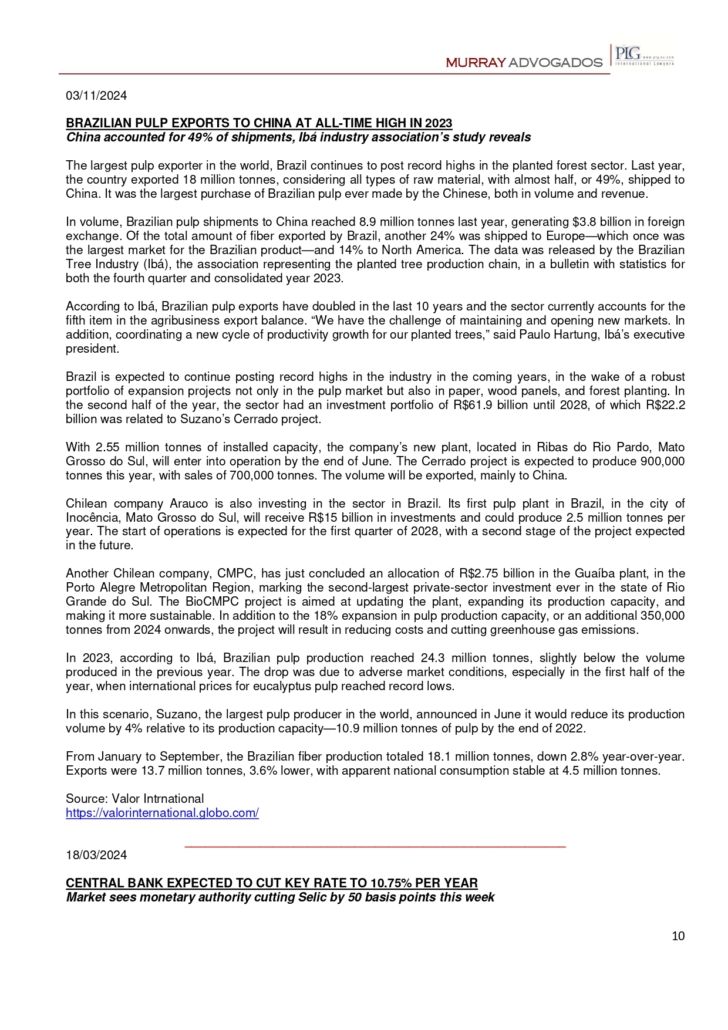
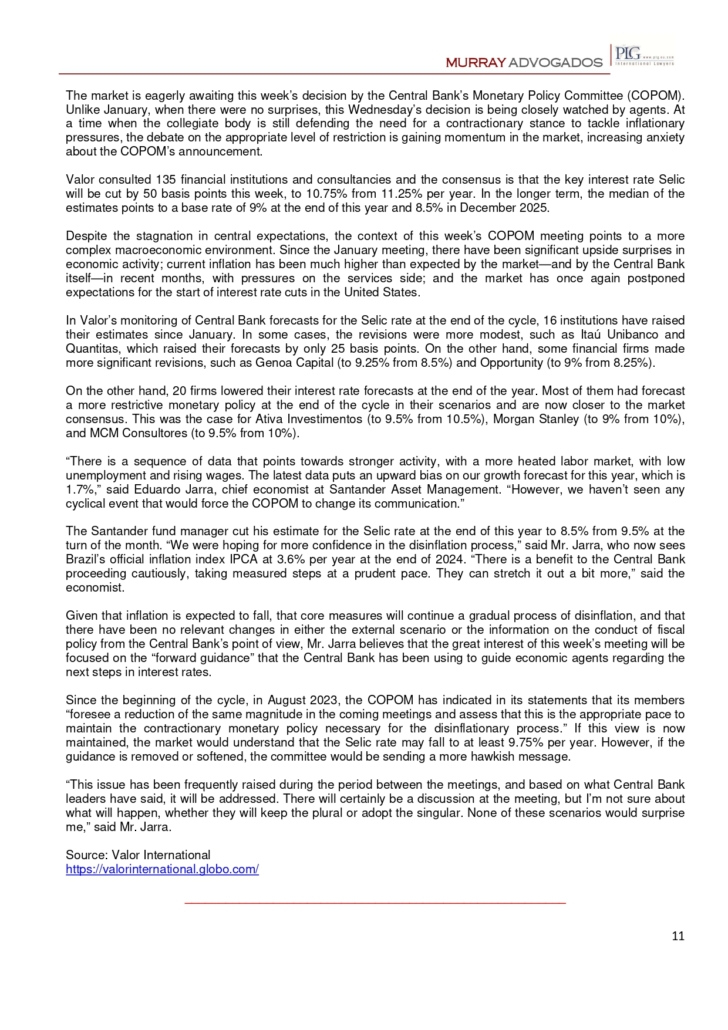
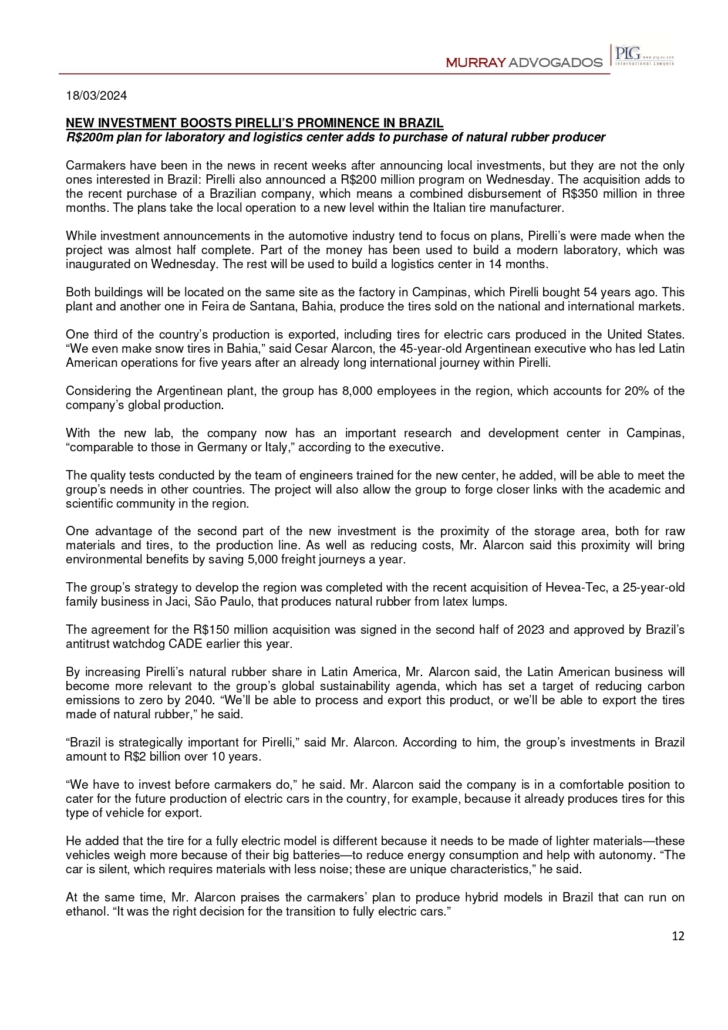
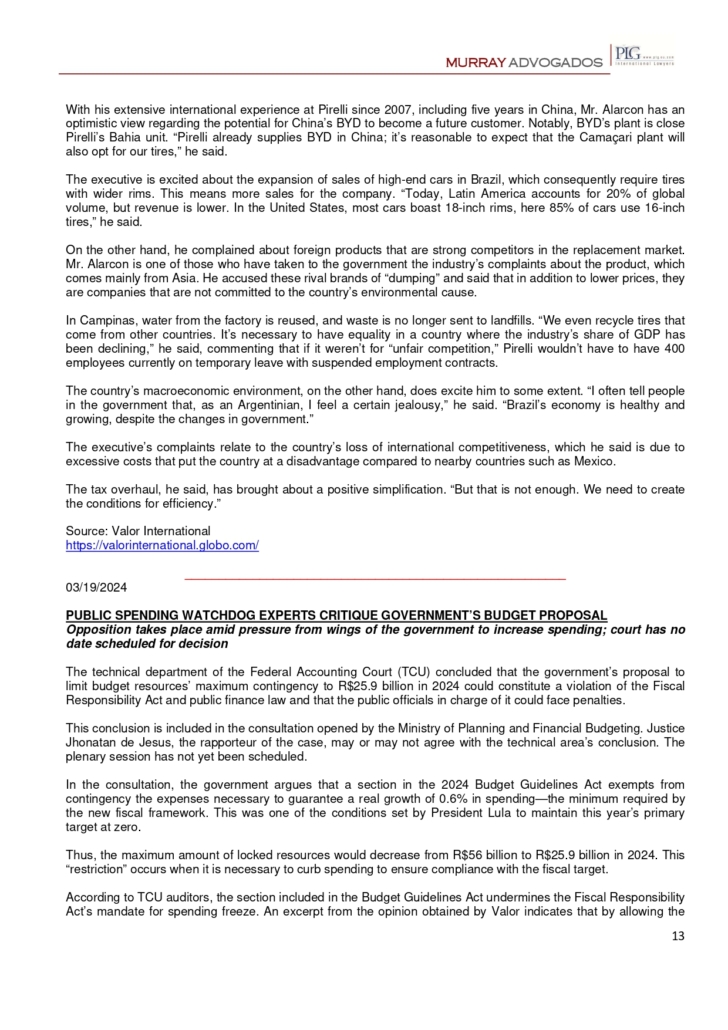

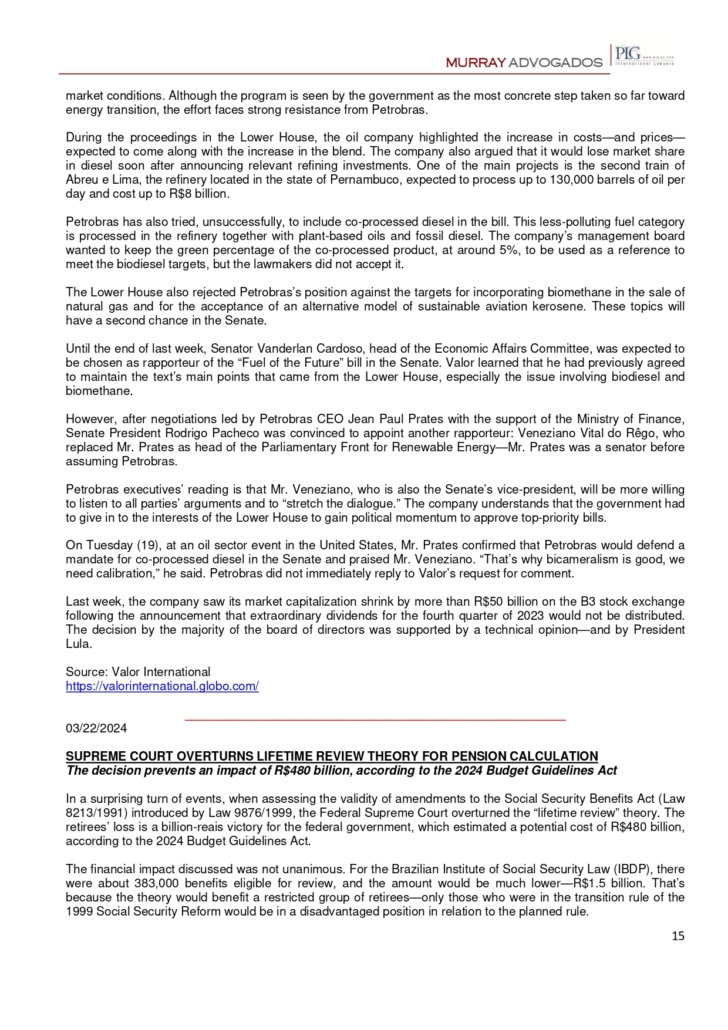
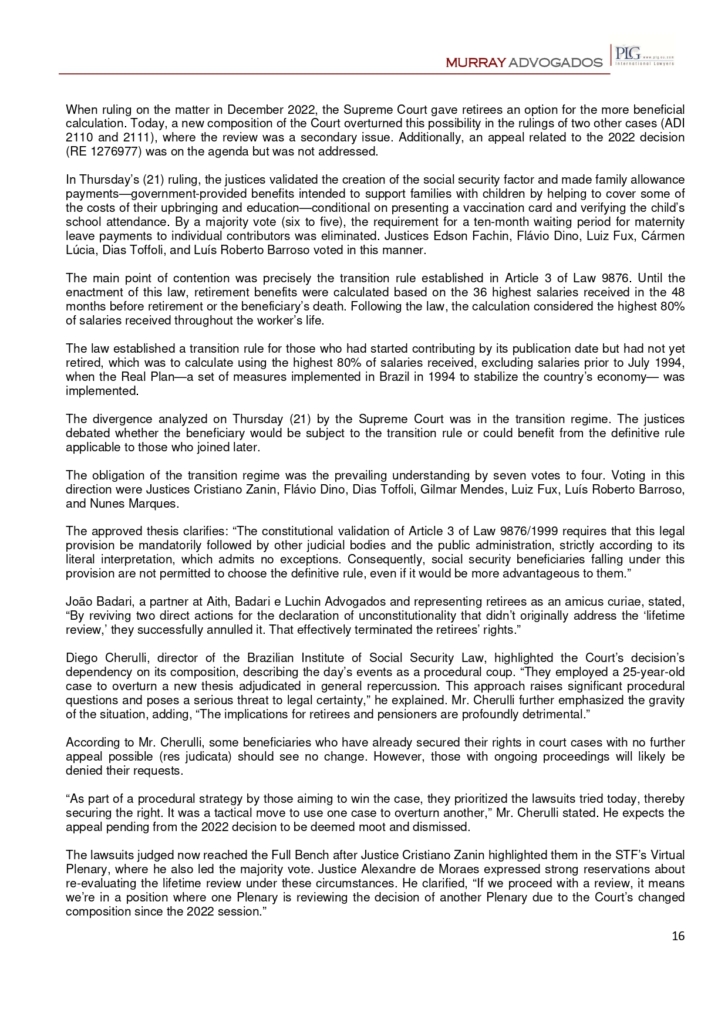



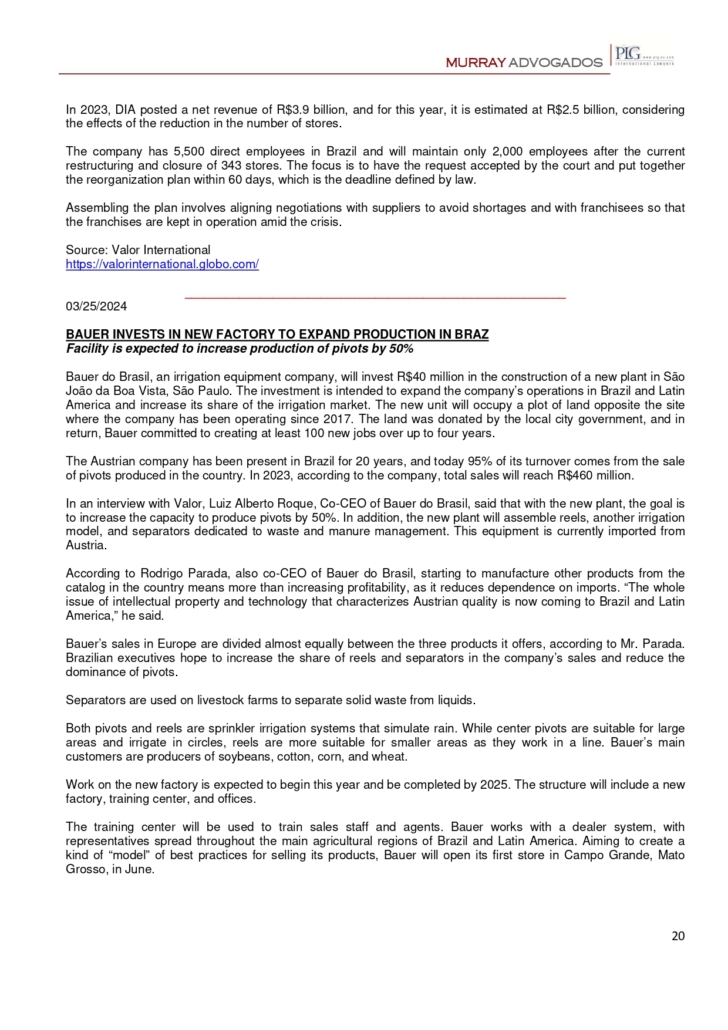
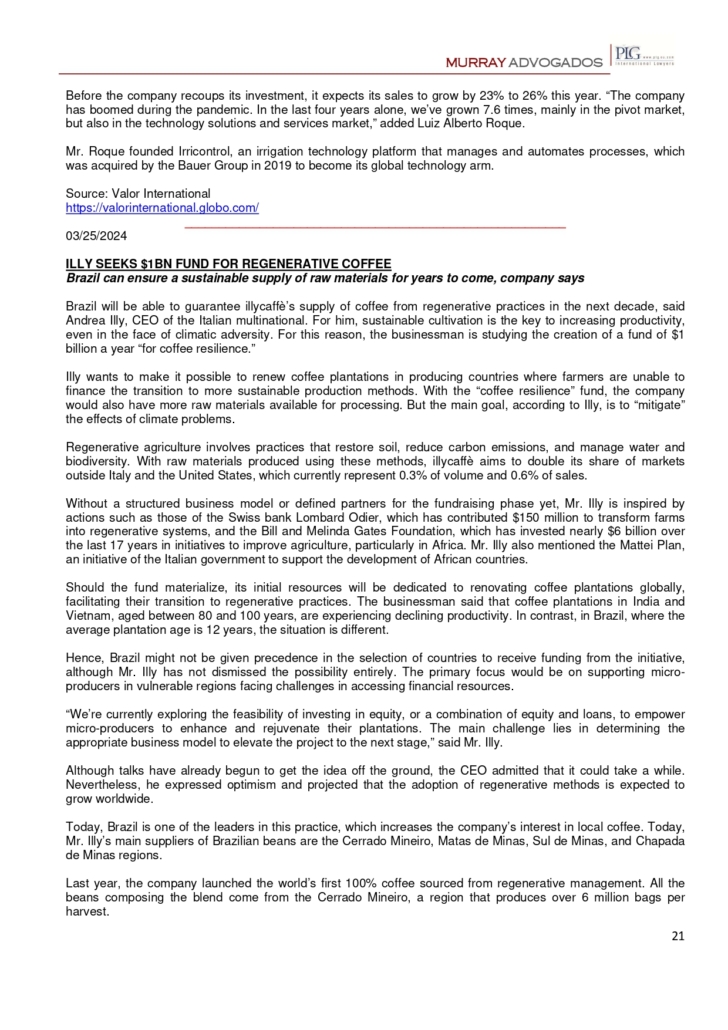

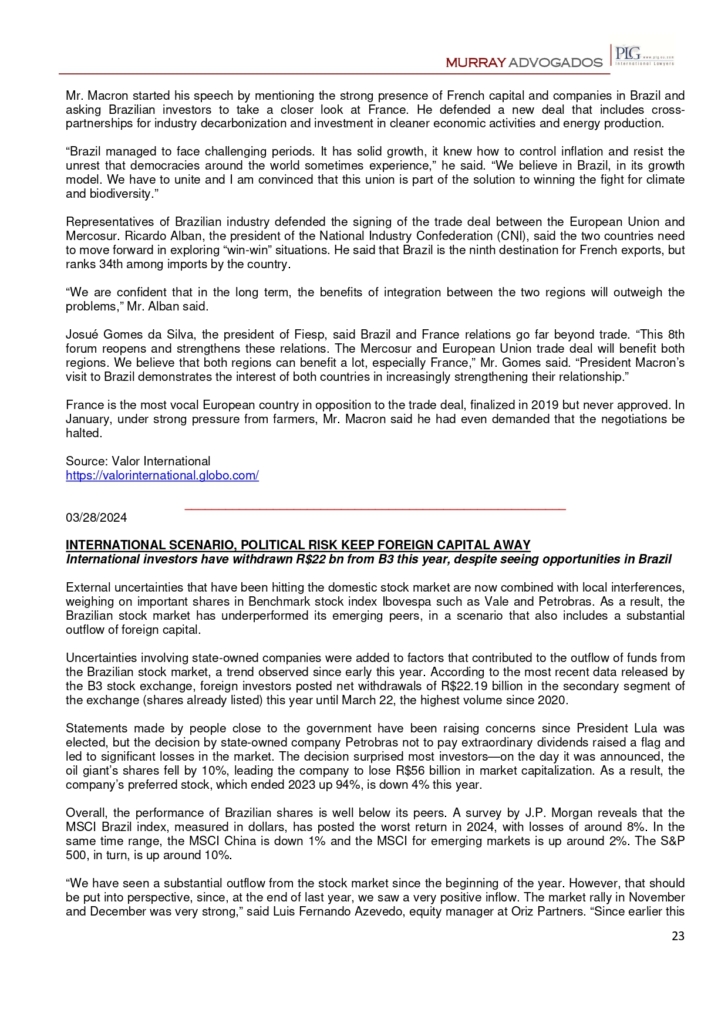

/i.s3.glbimg.com/v1/AUTH_37554604729d4b2f9f3eb9ad8a691345/internal_photos/bs/2024/p/i/40icnYTS6NGcEFu263cg/130324onesubsea38.jpg)
/i.s3.glbimg.com/v1/AUTH_37554604729d4b2f9f3eb9ad8a691345/internal_photos/bs/2024/9/D/YJztyFTse6lCxaVbndqQ/110324picpay11.jpg)
/i.s3.glbimg.com/v1/AUTH_37554604729d4b2f9f3eb9ad8a691345/internal_photos/bs/2024/N/t/5feyUqQe20xIrCxASE7A/48323907876-c3d81ce815-o.jpg)